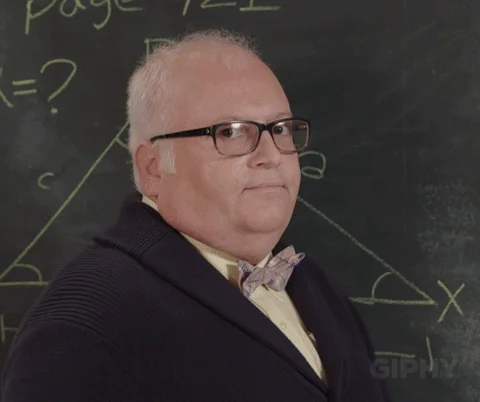It was just the second day of Lee's English class when the teacher gave the students a quick review assignment. They had to underline the subject and circle the object in 10 sentences.
Lee was confused and clueless — there were neither math/history/science/arts nor box/book/apple/pen in any of the sentences.
He asked the teacher. She just smiled and said "Well, each of these sentences have one subject and one object. You can start by finding the verb." Lee never knew a sentence also has "subjects" and "objects"!

What would you do if you were Lee? Do the subjects and objects confuse you too? Worry not! Let's explore them together.
Objects vs. Subjects: Why Should I Learn About Them?
A wise question! Lee also wondered why he needs to learn about the subjects and objects in a sentence. After all, he just wanted to speak and write good English.

Well, subjects and objects are important parts of a sentence. They help you understand who/what does the action and who/what takes the action. Knowing how to use objects vs. subjects will help you speak and write perfect English that explains exactly what you intend.
What's a Subject in a Sentence?

In an English sentence, a subject is the noun or pronoun that does the action of the sentence — just like a superherowho tackles the bad guys. Usually, it answers the question "Who/what does the action?" in a sentence. It comes before the verb in a sentence.
For example:
Jane arrived. (The subject is Jane because she arrived)
The subject doesn’t always have to be a person or name. Very often, it's a pronoun (he/she/it), a group of people (we/they), or even a thing or idea. Here are a few examples:
I sleep. (The subject is I because it’s doing the action of sleeping.)
The sun shone brightly. (The subject is the sun because it’s doing the action of shining brightly.)
The energy at the concert was incredible. (The subject is energy because it tells us what was incredible at the concert.)
Quiz
Identify the subject in the sentence: "The door knob turned slowly."
What's an Object in a Sentence?

In an English sentence, an object is a noun or pronoun that takes the action of a verb in a sentence — just like the worker above who's getting dragged by the machine. The machine does the dragging, and the worker receives the dragging.
Usually, the object answers the question, "Who/what takes the action?" in the sentence.It comes after the verb in a sentence.
For example:
Jai's mother walks him to school every day. ("Him"is the object, as Jai is walked to school by his mother.)
However, objects can be direct or indirect:
A direct object answers the question, "Who/what takes the action?"
An indirect object answers the question, "To whom/what does the direct object go?"
Both direct and indirect objects can appear in the same sentence. Here are some examples:
Ron gave chocolates to Pat.
Direct object: chocolates (what takes the action)
Indirect object: Pat (to whom the direct object goes)
We showed the photos to the guests.
Direct object: photos (what takes the action)
Indirect object: guests (to whom the direct object goes)
Quiz
Identify the object in this sentence: "James likes coffee."
Take Action
Good going! Now you know the difference between objects vs. subjects in an English sentence. The next time you're confused, just follow these steps:
Start with identifying the action happening in the sentence (verb).
Ask "Who is doing the action?" The answer is your subject.
Ask "Who/what takes the action?" The answer is your direct object.
Ask, or "To whom does the direct object go?" The answer is your indirect object.

Excited about what you learned just now? Pick out any short story or news article and see if you can identify the subjects and objects correctly. Best of luck!
Your feedback matters to us.
This Byte helped me better understand the topic.
